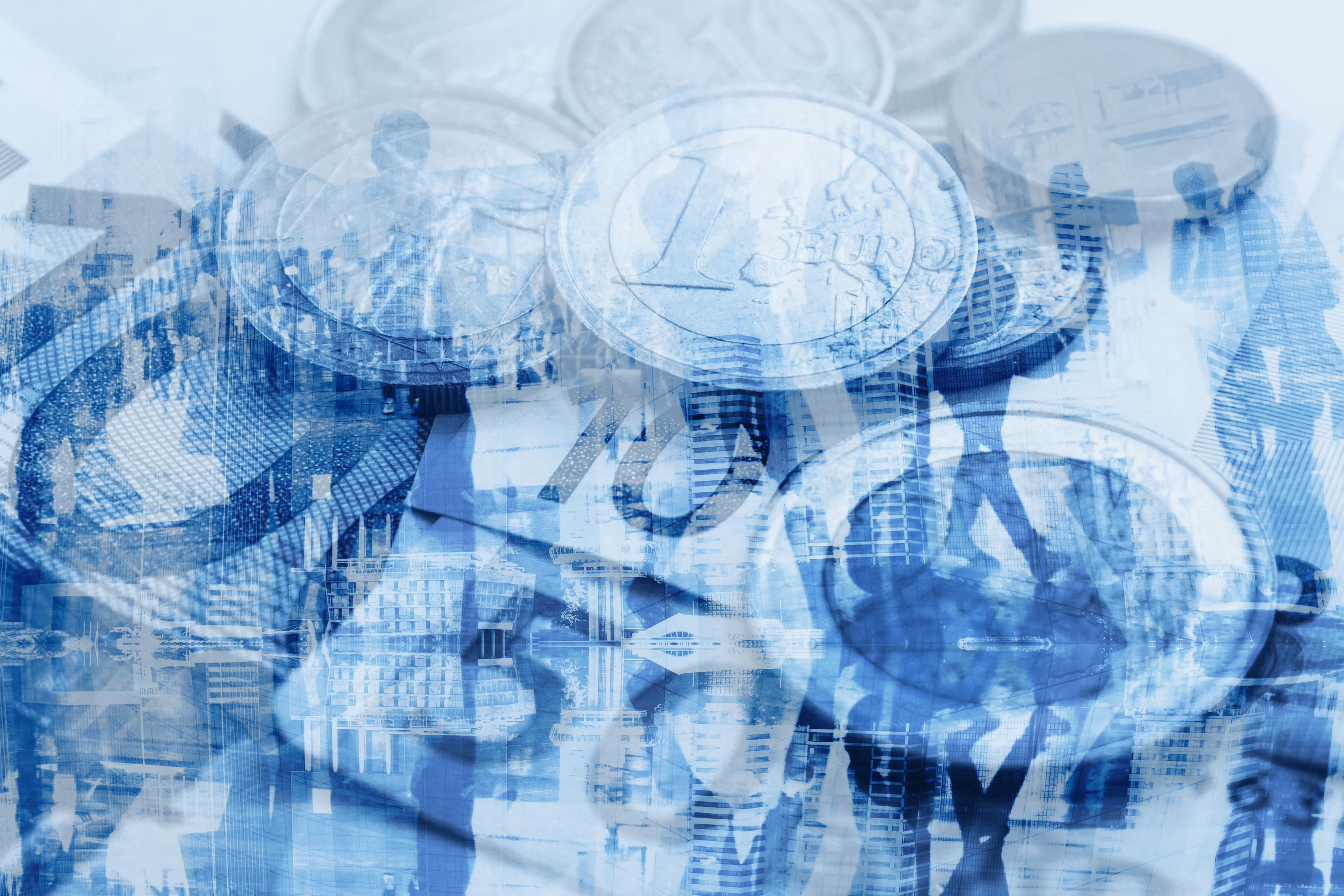HUP analyst: Growth of GDP and wages will depend on productivity growth, reforms

According to the forecasts of the chief economist of the Croatian Association of Employers (HUP), Hrvoje Stojic, Croatia's GDP will rise 2.3% this year, 2% next year, and 2.8% in 2025.
Presenting Croatia's macroeconomic outlook in Zagreb on Thursday, Stojic added inflation will reach 8% and slow down to 4% next year, and in further to 2.3% in 2025, so in the medium term, if Croatia wants higher wages, it should work on increasing productivity, reforms and tax relief.
Presenting macroeconomic prospects for this and the next two years, Stojic said that personal consumption will grow at a rate of 2.3% this year, at a rate of 2% in 2024, and by 2.7% in 2025.
Furthermore, investments will grow by three percent this year, by 4.3% in 2024, and by 6.7% a year later.
Exports, on the other hand, will fall by 1.6% this year, and rebound by 2.8% and 3.7 % in the next two years, respectively. Likewise, Stojic forecasts, imports will also contract n 2023 by 2.5%, while in 2024 and 2025 they will grow by 3.4% and 4.5% respectively.
Unemployment will decrease from this year's 6.6% to 6% and 5.6% in the next two years. Gross wages, on the other hand, should grow by 13.4% this year, by 7.2% in 2024, and by 4.5% in 2025.
The public-deb-to-GDP ration will be narrowed from 63.3%, which it should be at the end of this year, to 60.3% next year, or 58.1% in 2025. The budget deficit, on the other hand, will amount to 0.5% of GDP this year, 2% next year, and 1.5% in 2025.
Commenting on the announced slowdown of inflation in the next two years, Stojic emphasised that the main factors for this are the stabilization of food product prices, further stabilization of energy prices, and a strong drop in import prices of early products is also expected. He also said that the prices of products in Croatia will significantly follow the movement of import prices since Croatia imports most of the commodities.
According to him, productivity growth is key in the medium term, which should be based on a series of reforms that facilitate doing business and investments in research and development.
In the coming period, Croatian companies are waiting for further integration into global value chains, and in order for this to succeed, all factors that support the competitiveness of private and financial companies need to be strengthened.
Furthermore, the level of investments in 2023 will be about two times lower compared to the estimates from the beginning of this year, and Stojic sees the main factors for the failure in the unfavorable environment in our main export markets, the increase in financing costs and the uncertainty that we have created ourselves, such as the introduction of taxes for extra profit.
He pointed out that the GDP growth rate in the medium-term period - from three to five years - should rise to three percent, potentially even more, but reforms and productivity growth are key here.
According to Stojic, the prices of energy products, gas and electricity on the international market have deflated quite a bit compared to last year's extreme levels, but they will remain higher than what we were used to before 2020.
The analyst pointed out that Croatia's credit rating is moving towards "A" since the spread on Croatian 10-year bonds is slowly but surely moving towards the average of EU members with an A credit rating.
Kakvo je tvoje mišljenje o ovome?
Pridruži se raspravi ili pročitaj komentare



 Srbija
Srbija
 Bosna i Hercegovina
Bosna i Hercegovina
 Slovenija
Slovenija







